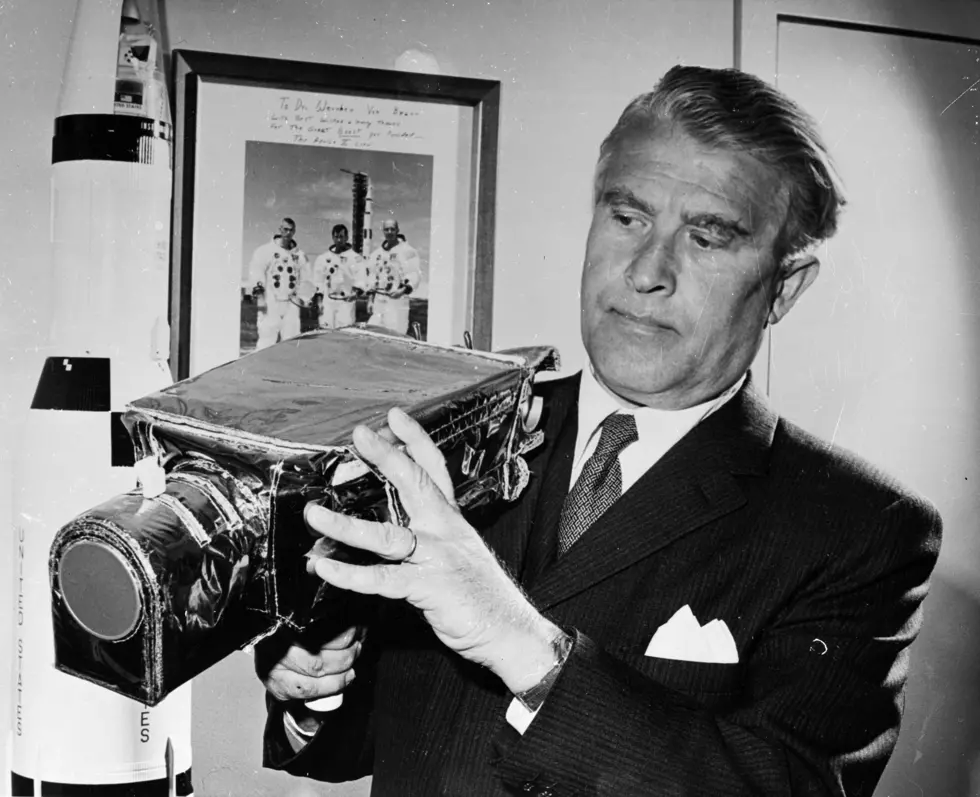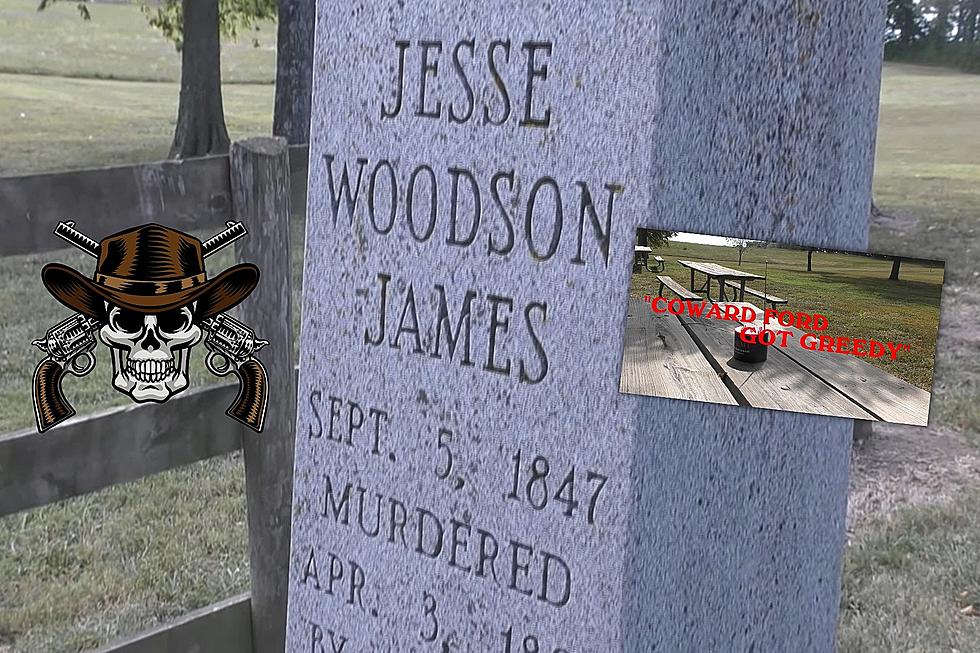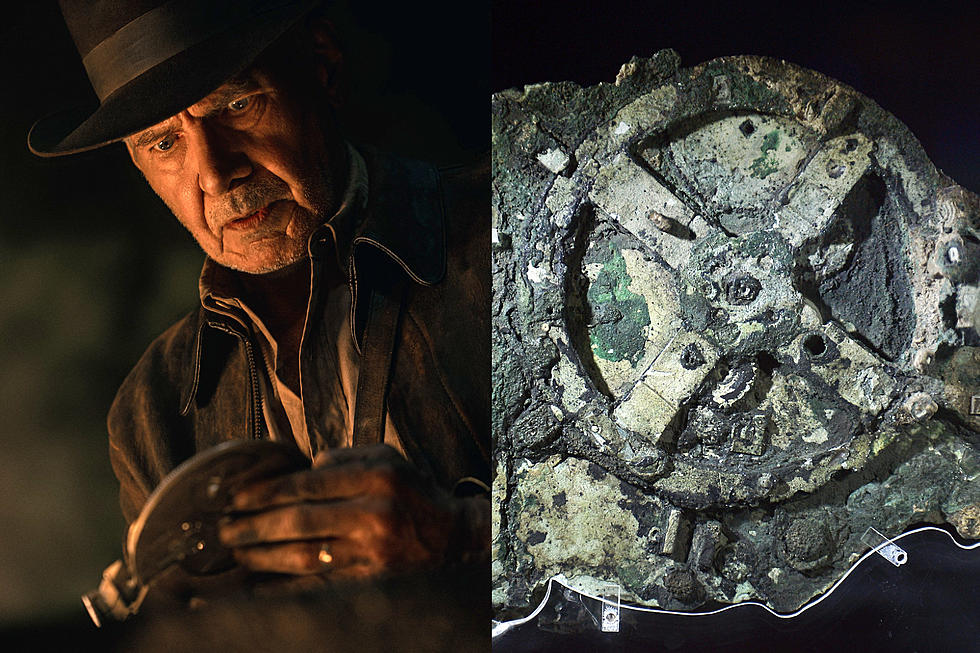
How a High Ranking Nazi Escaped Trial, Ran NASA and Propelled the U.S. to the Moon
Wernher Von Braun was born in Poland in March of 1912. Von Braun came from a well-to-do family, by all historical accounts Wernher was a gifted child. His obsession with German science fiction novels would set him on a course to becoming the father of the modern-day rocket.
Von Braun got a mechanical engineering degree in 1932 from the Technical University in Berlin and his star began to rise in the rocketry community. Later the same year he joined the German Army Ordnance Office rocket program.
In January of 1933 Adolf Hitler was sworn in as German Chancellor by then German President Paul Von Hindenburg. By August 1934 Hitler had become dictator, consolidated all power and had outlawed any political party other than the Nazi party.
In May of 1937 Von Braun officially joined the Nazi party. During his life, Wernher maintained he was forced to do this but many people believe his ambition led him to it.
If Von Braun was not forced as he maintained he followed the research/development money and opportunities that came from Germany's rearmament. After World War I, the Treaty of Versailles had decimated the German military and Hitler was dead set on rebuilding it.
One of the top priorities of rearmament under Hitler was rocket development and Von Braun became the countries most essential human resource in this field. Whether he joined the Nazi's under duress or to achieve his own personal goals, there is no questioning his value to the party.
Von Braun went on to develop the V-2 ballistic rocket, a long-range, ballistic missile that wreaked havoc on opposing allied forces throughout World War II. While countless scientists contributed to the V-2, it is Wernher Von Braun that gets the lions' share of the credit.
So how is it that a member of the Nazi party who even rose to prominence as a member of the elite SS is able to avoid trial and make his way to the U.S. to start anew?
Adolf Hitler committed suicide in April of 1945 as Soviet troops closed in on his secret bunker. On August 14, 1945 the Japanese unconditionally surrendered to allied forces, on September 2, 1945, the U.S. and Allied forces officially declared victory in World War II when the Japanese officially surrendered aboard the U.S.S. Missouri.
As the world began its healing process, the U.S. Government began its effort to catch up to the war tech developed by Germany and needed to beat the Soviets in reverse-engineering the same weapons.
For his role as a high-ranking Nazi official, Von Braun could have been tried for war crimes but wasn't. The U.S. instead began the secret program known as "Operation Paperclip." The Joint Intelligence Objects Agency in conjunction with the U.S. Army began recruiting or detaining German scientists, something the Soviet Union was also doing.
The U.S. moved more than 1,600 German scientists, technicians and engineers to the states to begin work developing war weapons and technology for the space race.
The full scope of the Operation was not revealed for decades. The secret about Von Braun however could not be kept for long. He was brought here in June of 1945 and the Government announced the move in October 1945.
Starting in the early 1950's Von Braun begins working on capturing the imagination of the American public. He starts to share his visions of a future in space, first in publications like "Colliers Weekly" with an article titled; "Man Will Conquer Space Soon."
Eventually, the world-renowned scientist teams up with Walt Disney and the Disney Studios. Von Braun became the technical director on three "made for TV" films that detailed his plans for space travel. The first debuted on March 9, 1955, was called "Man in Space" and had a viewing audience of over 40 million Americans.
NASA was established in 1958 and just two years later, Von Braun and his team were transferred from the Army Ballistic Missile Agency to NASA and Wernher was named the center's first director.
Just nine years later, on July 20, 1969, the "Eagle" lunar module touched down on the face of the Moon. Forty minutes after the "Eagle" landed, Neil Armstrong climbed out of the craft, down a ladder, and walked on the Moon. A human, an American walked on the Moon, Apollo 11 was a success and is arguably the greatest achievement in humankind.
The moon landing, the Saturn V rocket that powered the Apollo 11 mission, even the creation of the NASA agency, none of it could have been done without Wernher Von Braun, history is very clear on that.
What the history books are very murky on, are the ethics of ever bringing the man here to escape punishment for his role as a high ranking Nazi. There are many questions about what, if any, role Von Braun played in the concentration camps that were the sites of the systematic murder of millions of Jews.
In 2016, the Smithsonian published an article about Operation Paperclip and shared a quote from writer Annie Jacobsen who said Von Braun "had intimate knowledge of what was going on in the concentration camps. Von Braun himself hand-picked people from horrific places, including Buchenwald concentration camp, to work to the bone building his rockets."
To say that this segment of American History is complicated would be a massive understatement. Wernher Von Braun died June 16, 1977
More From Ultimate Unexplained









